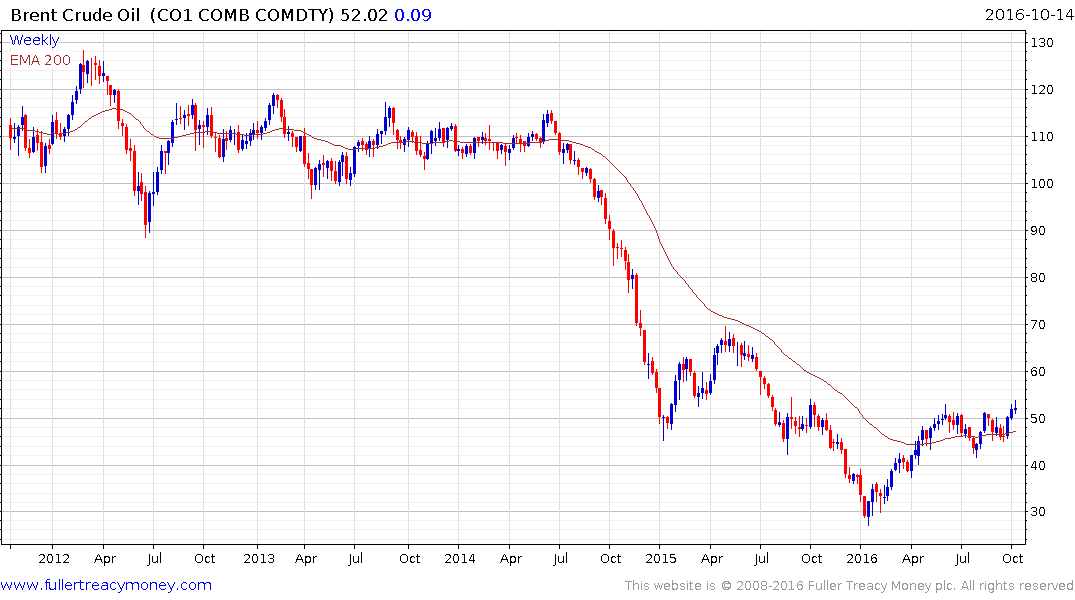Is the Deepwater Dead?
Thanks to a subscriber for this report from Deutsche Bank which may be of interest to subscribers. Here is a section:
Marky Mark-ing to market cost and efficiency gains: More competitive than you think
Contrary to popular belief, the US onshore isn’t the only sector seeing meaningful cost deflation and/or efficiency gains. While the ~60% reduction in DW rig rates has grabbed headlines, broad improvements, including drill-days (-30%-40%), steel costs (-30%), and various SURF/topsides costs (-10%-30%) have reduced total project costs by 30%-40%, in our view. And given the lag in response time, excess capacity and a moderate pick-up in activity, we expect cost and efficiency gains to be more durable than in the US onshore.But not all barrels are created equal. Only high quality resource can compete While all deepwater tends to get lumped together, the range of economics across projects is diverse (sub $30/bbl-$80+/bbl breakevens), with only high quality resource set to compete. We examine various drivers of project economics, many poorly understood, including fiscal terms, resource size, resource density, and proximity to infrastructure, and potential impact. We see high quality, pre-FID deepwater projects breaking even at roughly $40-$50/bbl.
Meaningful challenges remain
Though more competitive than the market believes, meaningful challenges will continue to drive an increasing share of discretionary capital to US shale, including: geologic risk, project execution risk, geopolitical risk, and capital inflexibility. Adjustments to development strategies and scope can mitigate some risk, and large, diverse IOC budgets will invest across the spectrum, but failure to revolve would demand a higher rate of return, with an increase to 15% required IRR (vs. 10%) increasing average breakevens by $7.5/bbl.
Here is a link to the full report.
Drilling for oil offshore is quite a bit more expensive and carries with more risk that drilling onshore. Nevertheless, before the evolution of unconventional onshore oil and gas wells in the USA, oil companies had little choice but to explore the world’s oceans. The question is not whether the oil is in place offshore but rather what is the cost of extraction and transportation to shore?
$30-$80 is a significant spread when prices are tracking the $50 area and suggests the higher prices move the greater the potential for additional supply to come online. The $50 billion Kashagan field in the Caspian Sea sent its first shipments of crude this week and, while it has been subject to delays, represents potent additional source of supply.

The OPEC deal to cut 750,000 barrels of supply engineered a short-term rally but the cartel will need to demonstrate an ability to follow through on that commitment as well as potentially an even greater cut if higher prices are to be sustained. Right now Brent Crude oil is pulling back from the upper side of a four-month range and a clear upward dynamic will be required to check potential for a further test of underlying trading.


